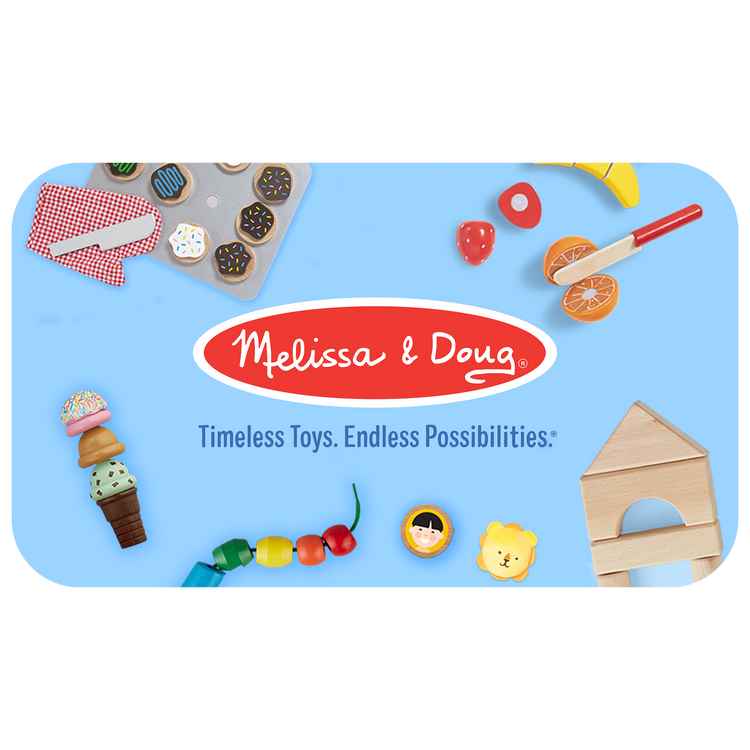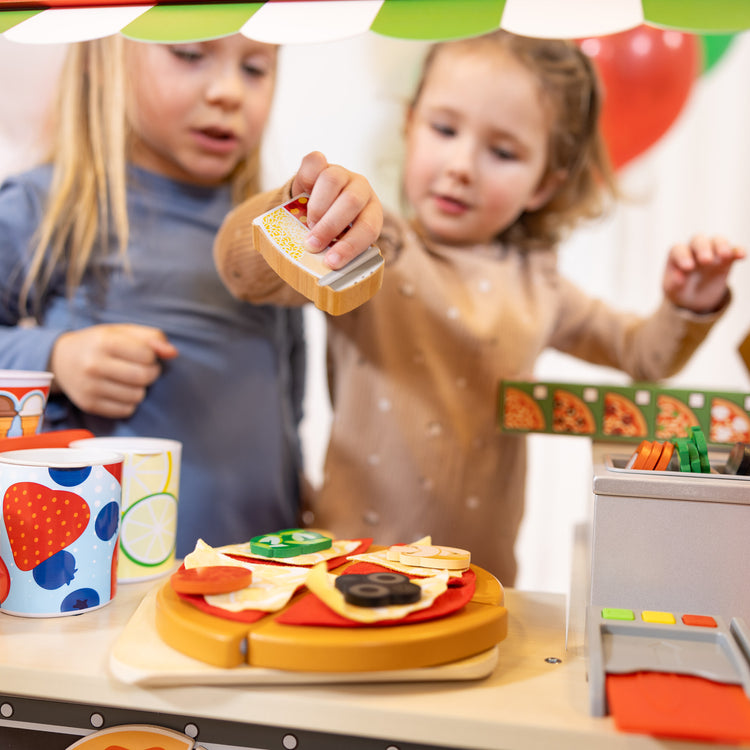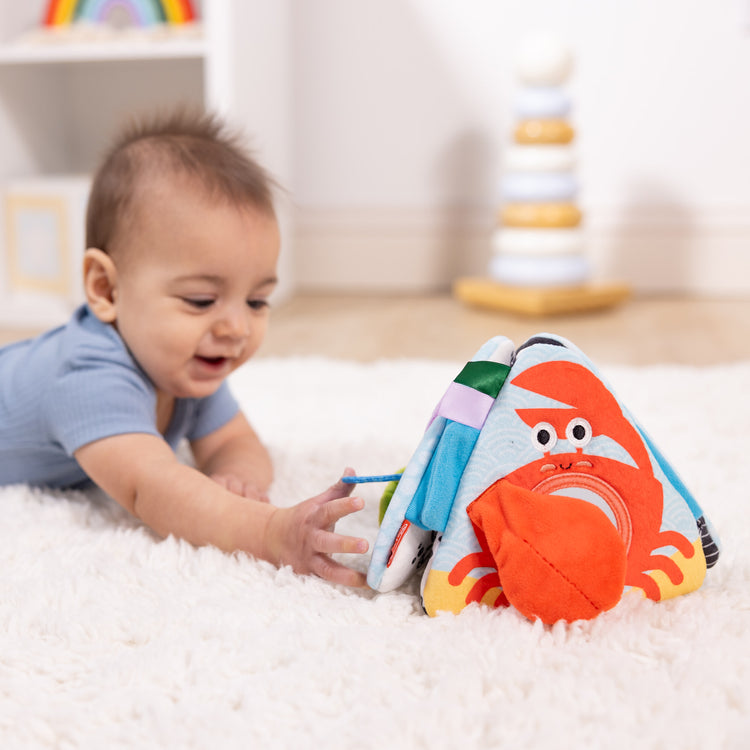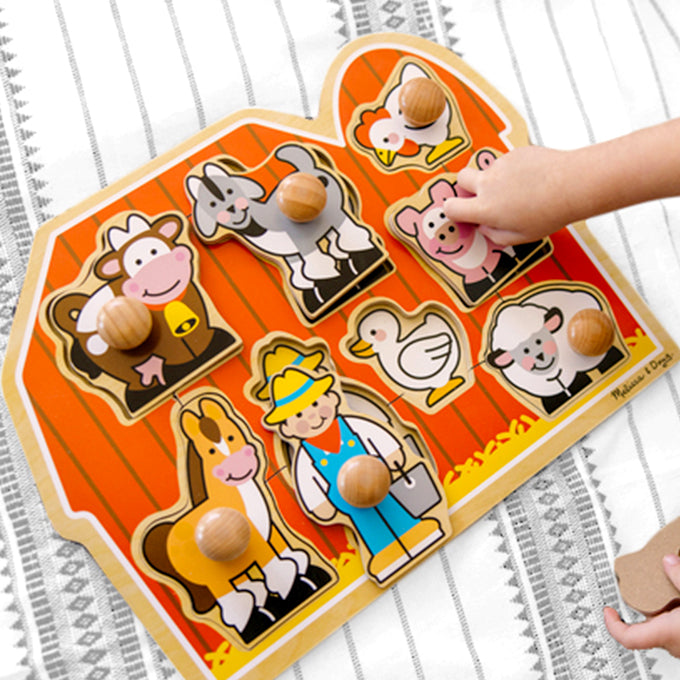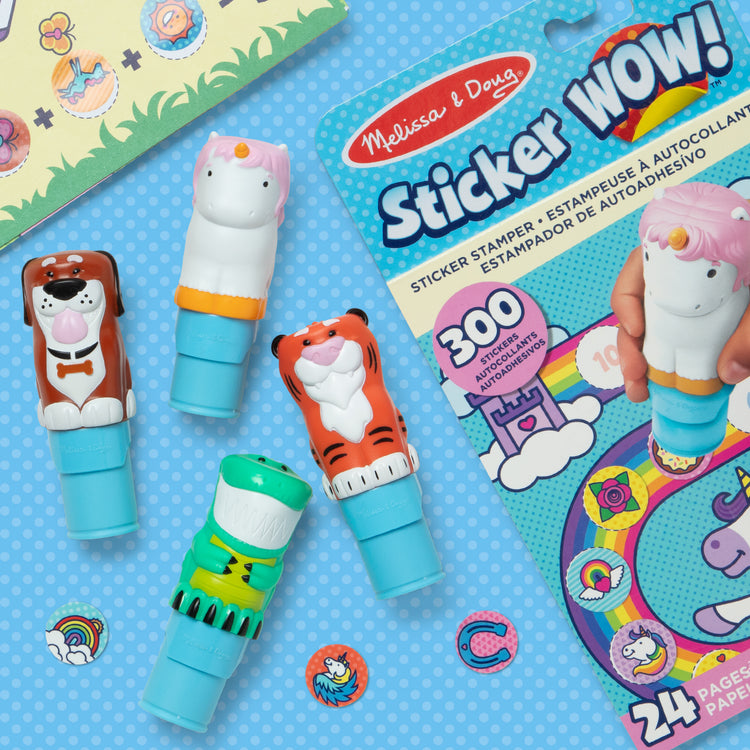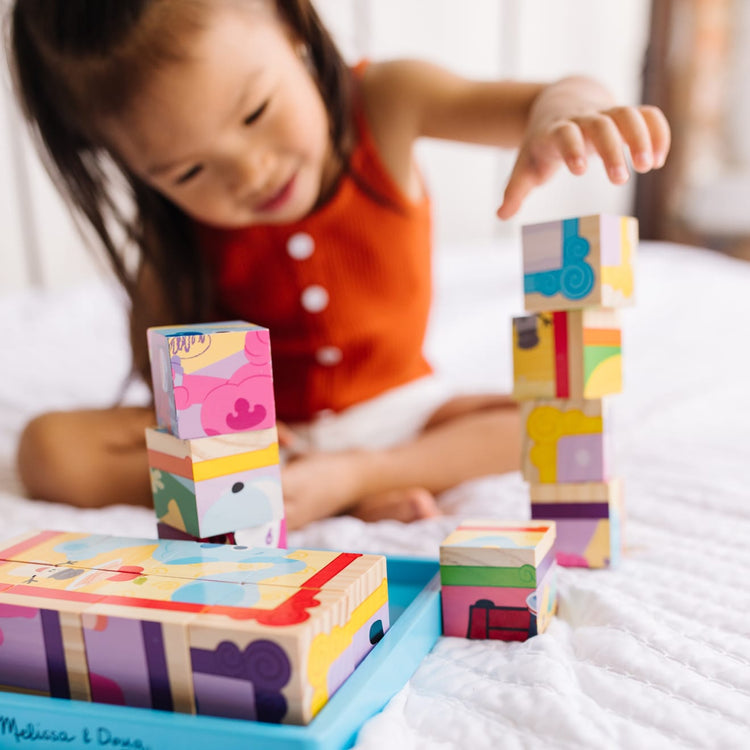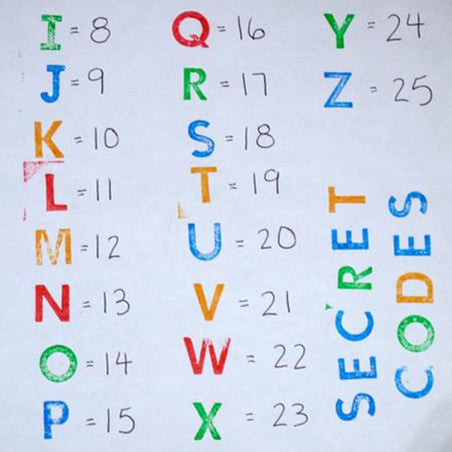This collection of 6 secret codes for kids is brought to us by guest editor Carrie Anne of EverythingMom.com.

When we visited Colonial Williamsburg we took on the role of spies. As members of the Rev Quest: Black Chambers we were given a map to follow for clues, had secret meetings with villages and deciphered a few different types of code. It was a great way to understand what the townsfolk went through but it also stirred a love of creating and receiving secret messages.
Although our trip to Colonial Williamsburg was great fun, it’s possible to explore the world of spies and secret codes right at home. Here are 6 different types of secret code techniques you can recreate with the kids:
Scytale
Believed to be an ancient Roman transposition cipher, a Scytale involves transposing the letters in a message by writing it on a long piece of paper wrapped around a cylinder. With the paper wrapped you would write your message across the cylinder across the paper. When unwrapped the paper has random letters on it and the recipient can only read the code if they wrap the paper around the same size cylinder used to create the original code.

The kids can create their own code using a paper towel roll, a long string of paper, tape and a pencil. Can you believe we didn’t have a paper towel roll? That’s usually a staple in our recycle bin but instead we used one of our rolling pins. If you don’t have a long sheet of paper you can just create one but cutting strips and taping them together. Classic Play shares a great step-by-step tutorial.
Book Cipher
This type of code is one we tried during our RevQuest experience in Colonial Williamsburg. The premise of a book cipher has you creating a code by providing a page number, line number and word from a specific book for each word in your secret message. It can’t just be any book but rather it has to be the same book printing to ensure the page, line and word position match. Most times a common book such as the Bible or a dictionary were used, as it wasn’t unusual to find these books in a home.

If you have a copy of Dr. Seuss’ Fox in Socks, try this:
51 7 2 – 42 3 2 – 52 1 1 – 58 2 2 – 55 4 2 – 40 5 4 – 61 2 4
Cipher Wheel
This type of cipher substitutes one letter of the alphabet for another. The inside of your wheel represents the letter of the message and the outside wheel represents the corresponding code letter. Write your message out on a piece of paper then sort out the key letter. Point the key letter to match up to the ‘A’ in the outside wheel and now you can write out your code. Be sure to start your coded message with your key code (the letter in which to base your code).

My son picked up a cipher as a souvenir from our Williamsburg visit but Savvy Homemade shares a great tutorial on making your own cipher wheel at home.
Number Coding
Code doesn’t always have to be letters. Another easy way to create coded messages at home is substituting numbers for letters.

Using the handy chart above try your hand at deciphering the following message:
2 17 4 0 19 8 13 6 2 14 3 4 3 12 4 18 18 0 6 4 18 2 0 13 1 4 6 17 4 0 19 5 20 13 3 0 24 14 20 0 6 17 4 4
Pigpen Cipher
Using images to represent letters in your message is another way to create a code. My son is a huge math fan. Looking for something to keep him interested without resulting in math worksheets we tried FlashKids Math for Gifted Students. It was within this book that we discovered this code system and he was hooked.

Using the above code try your hand at solving the message below then try creating your own secret message use the code above.
Cardan Grille
Older kids might want to try something a little more sophisticated like a Cardan Grille code. The code-cracking tool is a template used by the sender and the receiver. Only the person holding this template can crack the code.
The creator writes their code first in the blocks (with the template on) and then creates sentences around these words with the template off. The sheet of paper just looks like a regular note until the receiver places the template over top. This code can be used with whole words or individual letters to spell out the message.

Creating the first message is the easy part, trying to create additional messages that use the same code breaker can be a challenge. I think I’ll be putting my kids to the test on that one.
Growing up in a navy family I was also pretty adapt at semaphore (using flags and flag position to represent letters in words), as well as the NATO phonetic alphabet. I still use this when reciting my postal code to people. Both of these codes are great fun when playing in the backyard.
For a little added fun try using a stamp set like the Melissa & Doug Wooden Alphabet Stamp Set. Not only will the kids will love creating messages with this letter, the code has another element of secrecy to it since you can’t tell the person’s penmanship. How sneaky!
Reading, writing, and language takes on a whole level of fun when you add a little mystery. Secret codes played a part in different stages of our world’s history but that doesn’t mean they can’t be used for fun too. Have you tried any codes with your kids?
PLAY NOTE: We love giving our bloggers free Melissa & Doug toys to play with in return for their honest reviews and creative ideas for fun activities. Some of our bloggers may also receive a fee for their time reviewing our products. Either way, we ask that their opinions be straight from their own imaginations!

